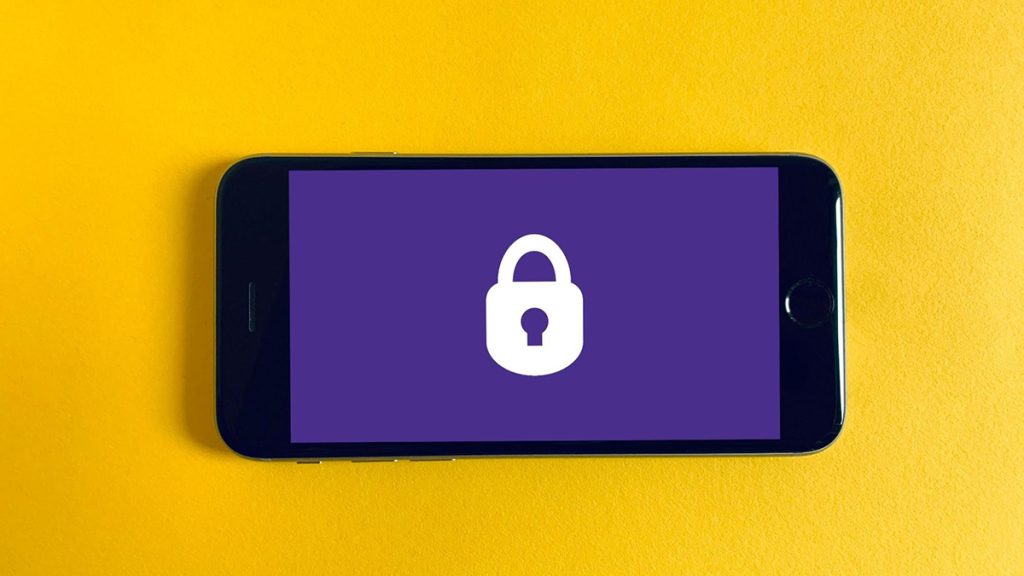
Protecting the protectors
Training for journalists working with sensitive sources
Whistleblowers, sources, leakers, truth-tellers — much debate can be had on the definition for each of these terms. For the benefit of simplicity, we refer to them as sensitive sources. While this definition is traditionally individuals who act in society’s interest by shining light on injustices through public disclosure of wrongdoing, we also define them as undocumented individuals, LGBTQ+ and/or any community member that may be negatively impacted by contributing to news coverage.
Sensitive sources face unprecedented danger. As government and corporate power converge with rapidly advancing technology, sensitive sources find themselves confronting sophisticated adversaries and complicated processes. Simultaneously, journalists working with these sources face mounting legal pressures to reveal identities. This perilous landscape demands purposeful attention to source protection.
That’s why The Signals Network (TSN) and the Reynolds Journalism Institute (RJI) are launching comprehensive training for journalists working with sensitive sources.
Since our founding in 2017, The Signals Network has been uniquely positioned to address the critical need for sensitive source support. Unlike organizations that focus solely on legal aid or policy work, TSN provides a holistic suite of services including legal assistance, psychological support, physical security measures, temporary safe housing, online safety protection, career guidance, and communication support. In 2024, TSN supported 45 sensitive sources globally, with technology cases representing 48% of our work.
Critical knowledge freely shared
Launching in June, our training program will prepare journalists to protect sources through five key areas:
- Establishing secure communication and guidelines
- Recognizing when sources underestimate their own risks
- Handling documents and other sensitive materials safely to limit exposure
- Building trust through honest communication
- Making strategic decisions that prioritize source safety and publication impact
The modules combine practical theory with actionable tools journalists can implement immediately, including checklists, decision frameworks, and resource directories tailored to the unique challenges of working with vulnerable sources in today’s high-risk environment.
Resources mean nothing without accessibility. Community-focused newsrooms and freelancers will receive priority in our design, directing resources to frontline reporters with the least resources and institutional support.
The training modules will live permanently on TSN’s website and be free to access. In addition, we will offer in-person sessions at journalism conferences and through dedicated workshops to teach you how to protect your sources from the beginning of your relationship with them.
A convergence of threats
In the last three months, we’ve witnessed a 220% increase in requests for support from potential sensitive sources. When connecting these vulnerable sources with journalists, the inevitable first question is about protection.
The threats multiply daily. Law enforcement agencies press harder for source revelations. Civil lawsuits target journalists with increasing frequency. Digital surveillance grows more sophisticated. Journalistic source protections face unprecedented assault. Meanwhile, the Trump administration has already halted investigations against 89 companies — a quarter of all major corporate enforcement actions inherited from the previous administration.
Consider the math: fewer functioning accountability mechanisms plus increased pressure on journalism equals heightened risk for truth-tellers everywhere. One digital misstep or legal oversight can destroy both source and story.
Built from experience, not theory
Recently, I met with a sensitive source whose hands trembled as they described the retaliation they feared. They had already approached a regulatory agency. Their concerns were first dismissed, then a concern for the individual’s safety was strongly implied with the incoming administration driving corporate accountability. Now, placing their career and safety in our hands, they asked if working with journalists would make any difference. That conversation crystallized why this training matters.
We didn’t develop this training in a vacuum. It is built from over seven years of supporting sensitive sources across industries. Real cases inform every aspect of our training. By formalizing this hard-won knowledge into structured modules, we strengthen the infrastructure supporting sources.
RJI brings pedagogical excellence. TSN delivers subject matter expertise. Together, we will create resources that meet the highest standards while addressing practical needs.
Launching a critical mission
The landscape is shifting beneath our feet. Government and corporate accountability mechanisms retreat while threats to journalism advance. Technological surveillance capabilities expand exponentially. When whistleblowers risk everything to come forward, journalists must be equipped with knowledge, prepared with protocols, and supported by partners who understand what’s at stake.
This initiative transcends professional development. It represents an investment in accountability journalism’s future and in protecting those brave enough to speak truth to power.
The truth has never needed more protection. Neither have those who tell it.
For more information or to express interest in participating in training sessions, please contact Kate Miller.
Cite this article
Miller, Kate (2025, April 1). Protecting the protectors. Reynolds Journalism Institute. Retrieved from: https://rjionline.org/news/protecting-the-protectors/
